If it’s been a while since you studied a new car price list, you might be surprised to discover how expensive it is to get on the motoring ladder. It only seems like yesterday when it was possible to drive home in a new car for around £6000. Indeed, 2012 saw the arrival of the Dacia Sandero and its much-heralded £5995 price tag.
Few punters were willing to put up with having no air con or a radio – the hole-in-the-ground-spec Access accounted for less than one per cent of Sandero sales – but that’s not the point. Bought on finance, the monthly fee was the same as some phone contracts. A new car could be cheap enough to rival a decent used vehicle or a rail season ticket. Even a car with no air con is preferable to sharing space with other sardines on a commuter train, right?

The death of the Ford Fiesta is big news; big enough to make the headlines on the BBC and beyond. But the demise of a much-loved car shines a spotlight on just how expensive new cars have become. Sure, the vast majority of punters buy using some form of finance, so the monthly payments are more important than the list price, but how much do you think you’d need to buy Britain’s cheapest new car?
Eight grand? Much higher. Ten grand? Nope. Twelve? Close. The Dacia Sandero Essential costs £12,595, a price that includes air con, but not a radio. You’ll need your smartphone for tunes and navigation. No big deal if you remember a time when a radio, clock and heated rear window were considered plush.
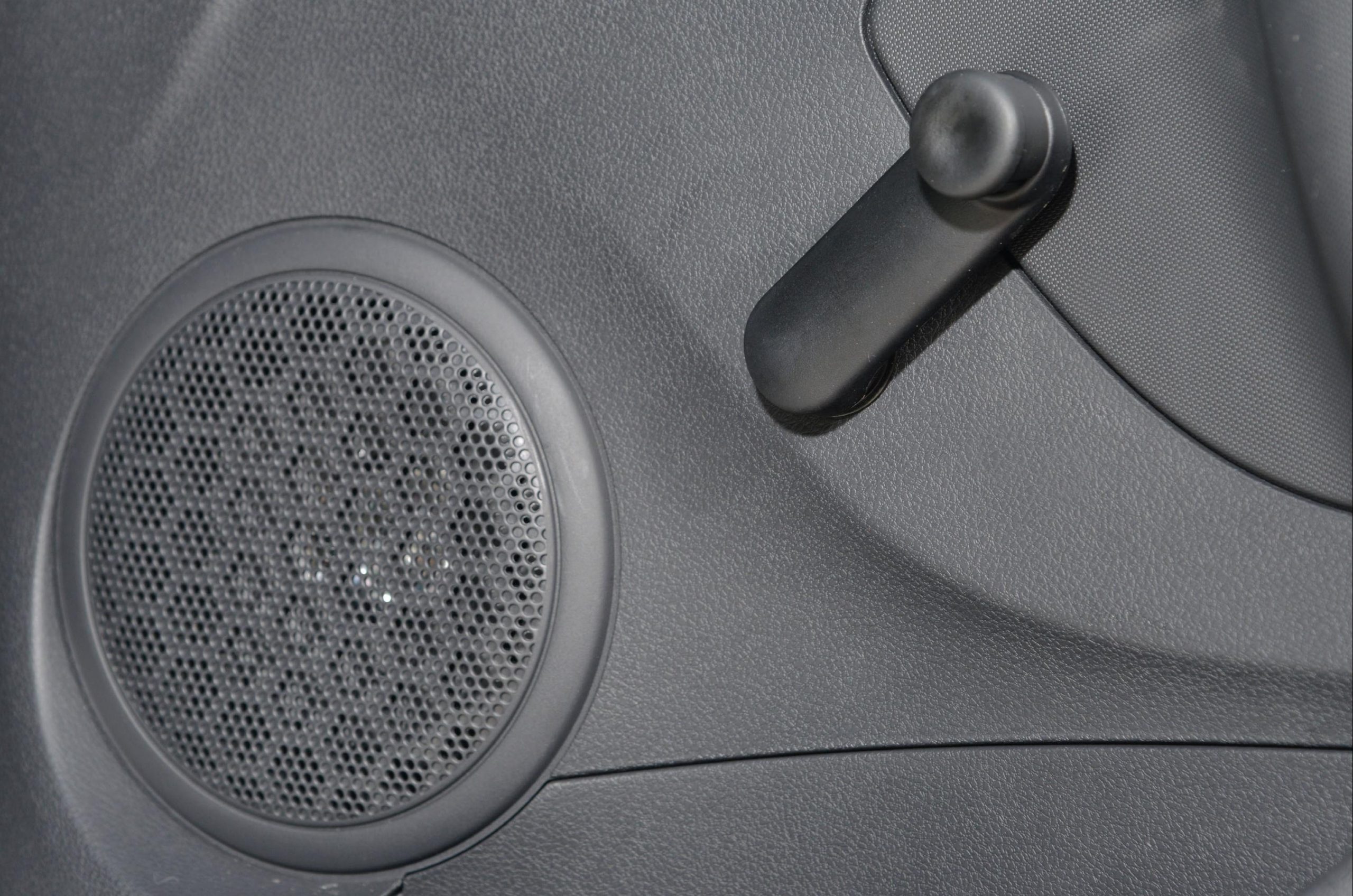
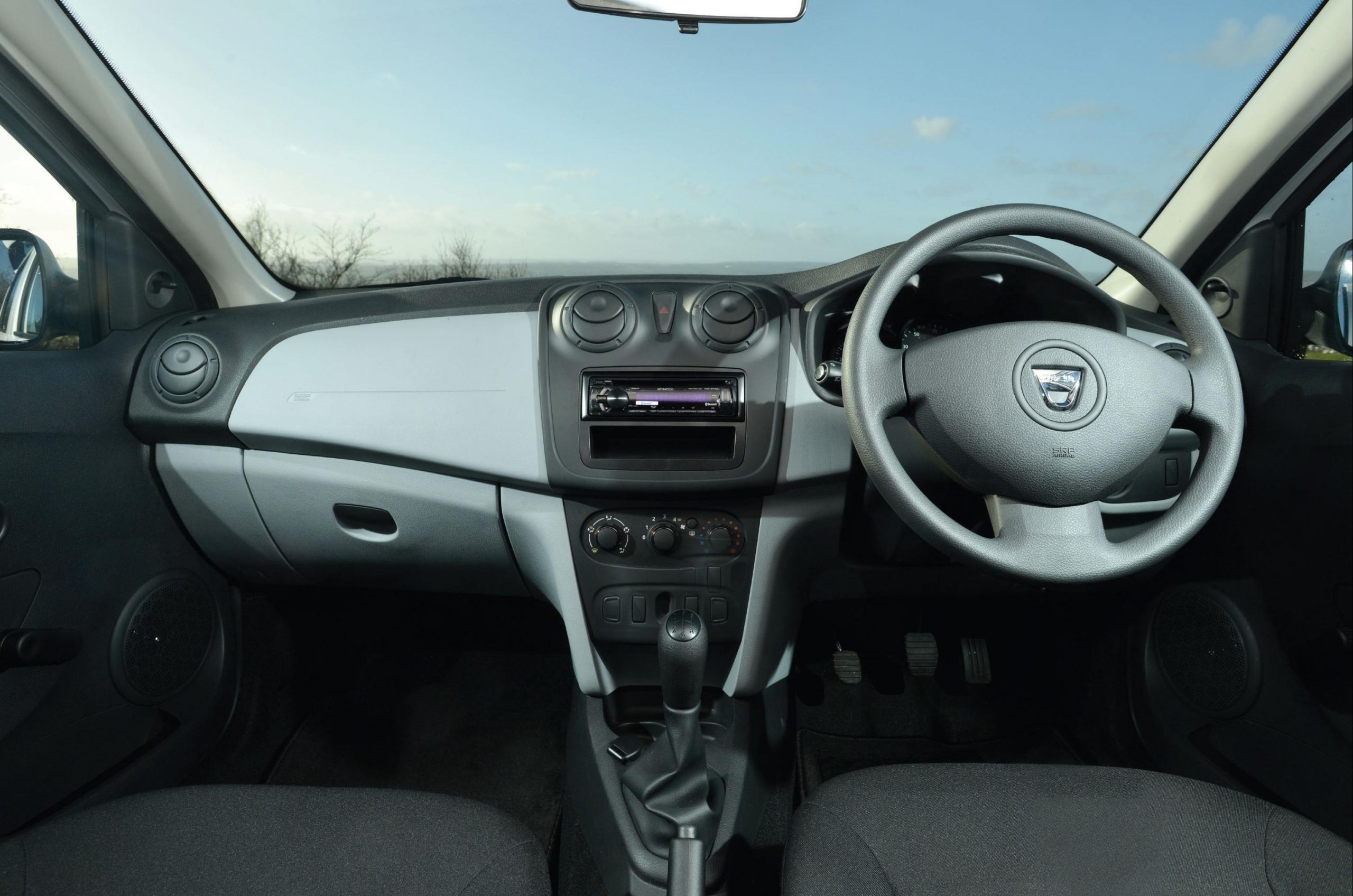
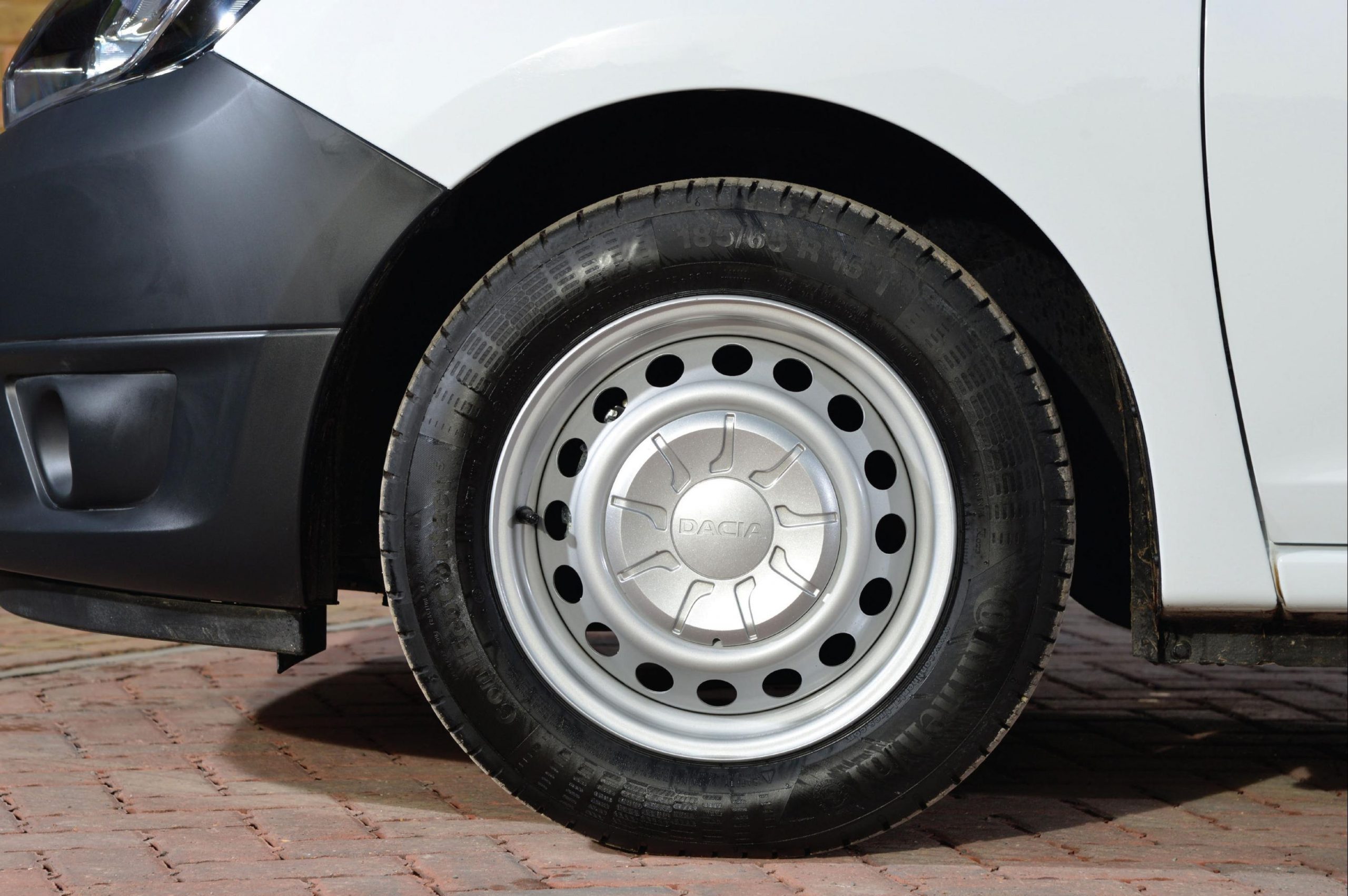
The £10k new car no longer exists. Fancy a new Vauxhall? The most affordable Corsa costs £18,015. A new Suzuki? That’ll be £15,499 for a Swift. The cheapest Renault Clio is a whisker under £19k, you’ll need to find £13,350 for a Kia Picanto, while a Hyundai i10 costs £80 more than its Korean rival.
Even an MG3, which is as old as the hills, costs £13,295 – £700 less than a Citroën C3. The cheapest Toyota Aygo X weighs in at £15,655 and, well, the list goes on. And let’s not forget, this motoring for the masses fodder is no longer considered economically viable by car makers, who have been told to pack costly electric powertrains and complex active and passive safety kit into future product.
Just four years ago, it was possible to select from a range of £10k small cars. Citroën C1, Dacia Sandero, Dacia Logan MCV, Dacia Duster, Fiat Panda, Ford Ka+, Hyundai i10, Kia Picanto, MG3, Peugeot 108, Renault Twingo, Skoda Citigo, Smart Fortwo, Suzuki Celerio, Toyota Aygo, Vauxhall Viva and Volkswagen Up.
Adjusted for inflation, a £10k car in 2012 equates to £12,885 in 2022. Enough for a boggo Sandero, but nothing else. Without the Fiesta in its line-up, the cheapest Ford will be a twenty-three-and-a-half-grand EcoSport, which is the best argument for buying a rail season ticket.
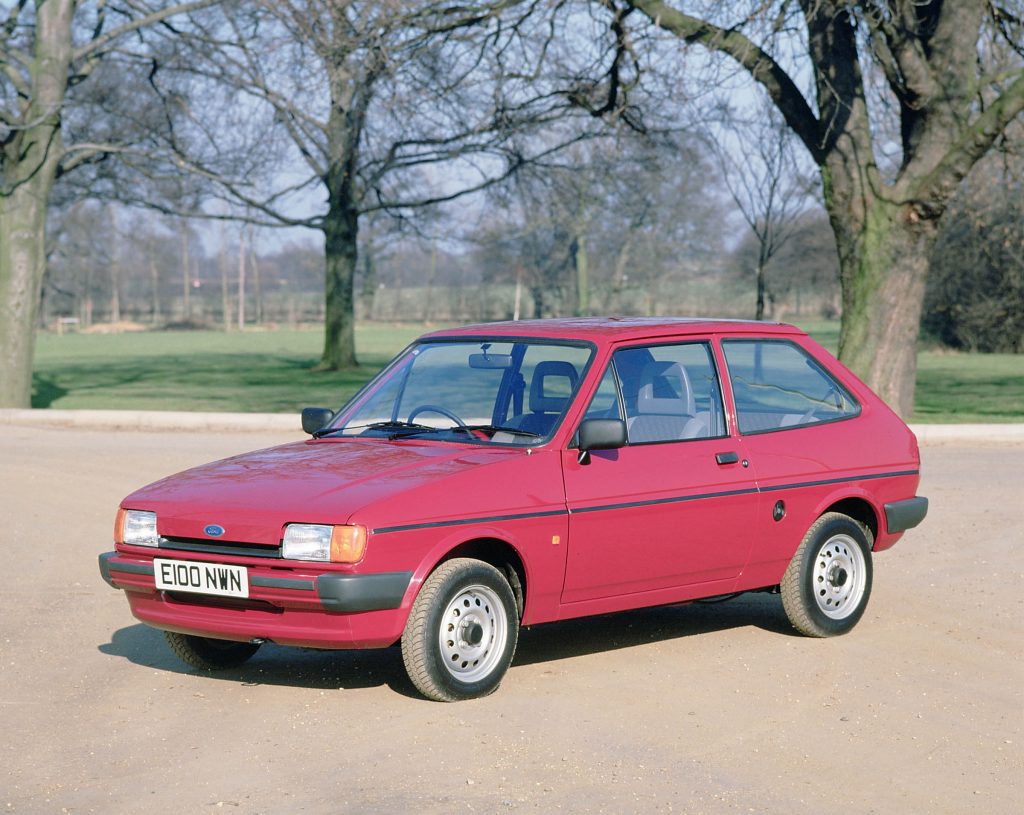
Manufacturers will point to the high cost of building small cars, which, when combined with slim margins, makes them unprofitable, especially when there’s more money to be made in the SUV sector. It’s difficult to squeeze the latest tech and safety equipment into a small car and make money.
The other argument is that the £10k cars from a few years ago were little more than ‘loss leaders’, used by salespeople to upsell an unsuspecting punter into something better.
Maybe so, but the demise of the Ford Fiesta feels like another nail in the coffin for cheap new cars. Goodbye to the formerly Popular base models, it’s been one L of a ride. It’s just a shame you couldn’t remain on Merit.
Read more
Opinion: It’s time to bring back ‘poverty-spec’ cars
Opinion: Touchscreens in cars are a menace
Freeze Frame: End of an era for Renault-based Dacia
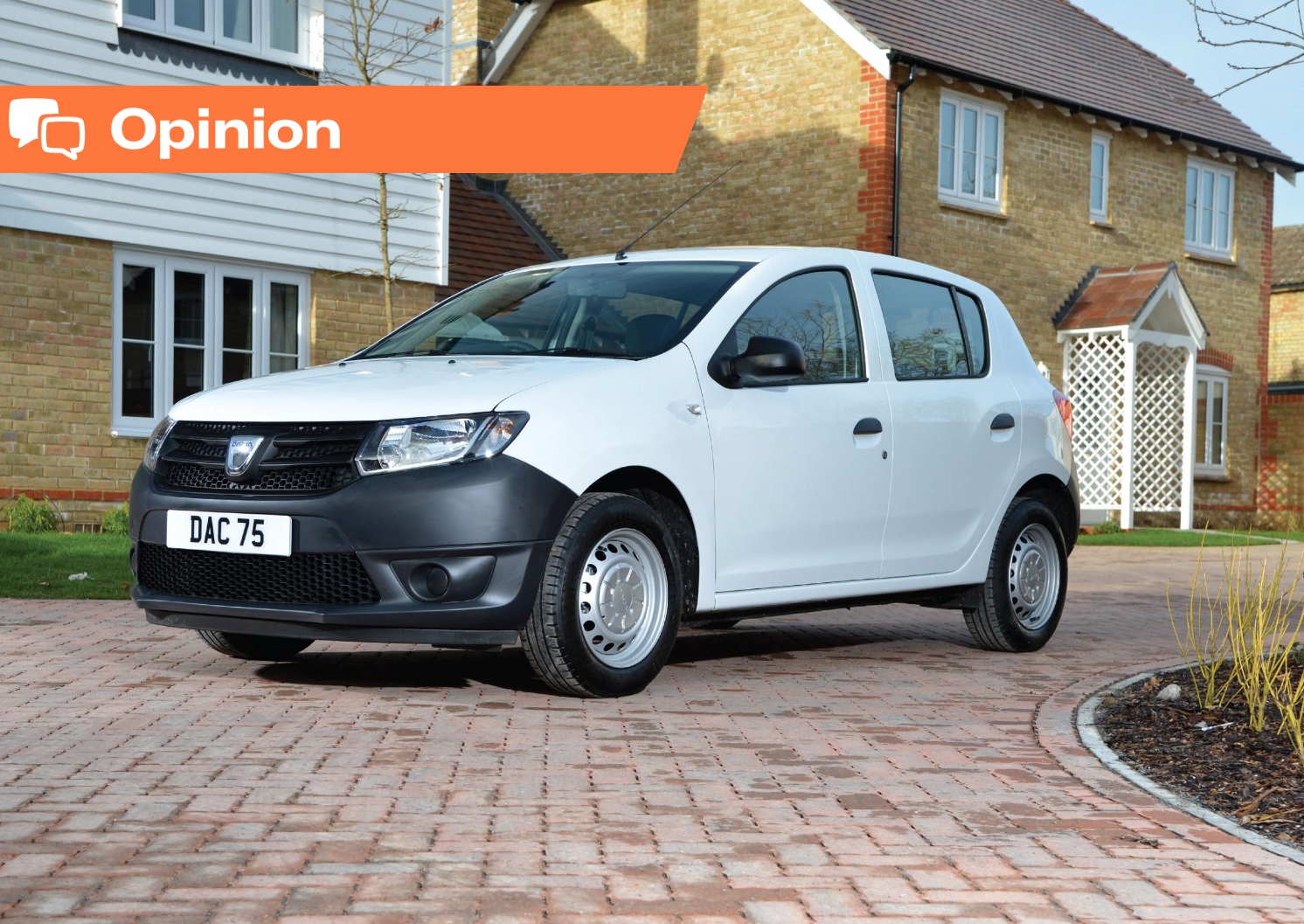
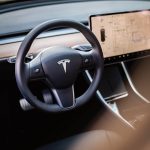

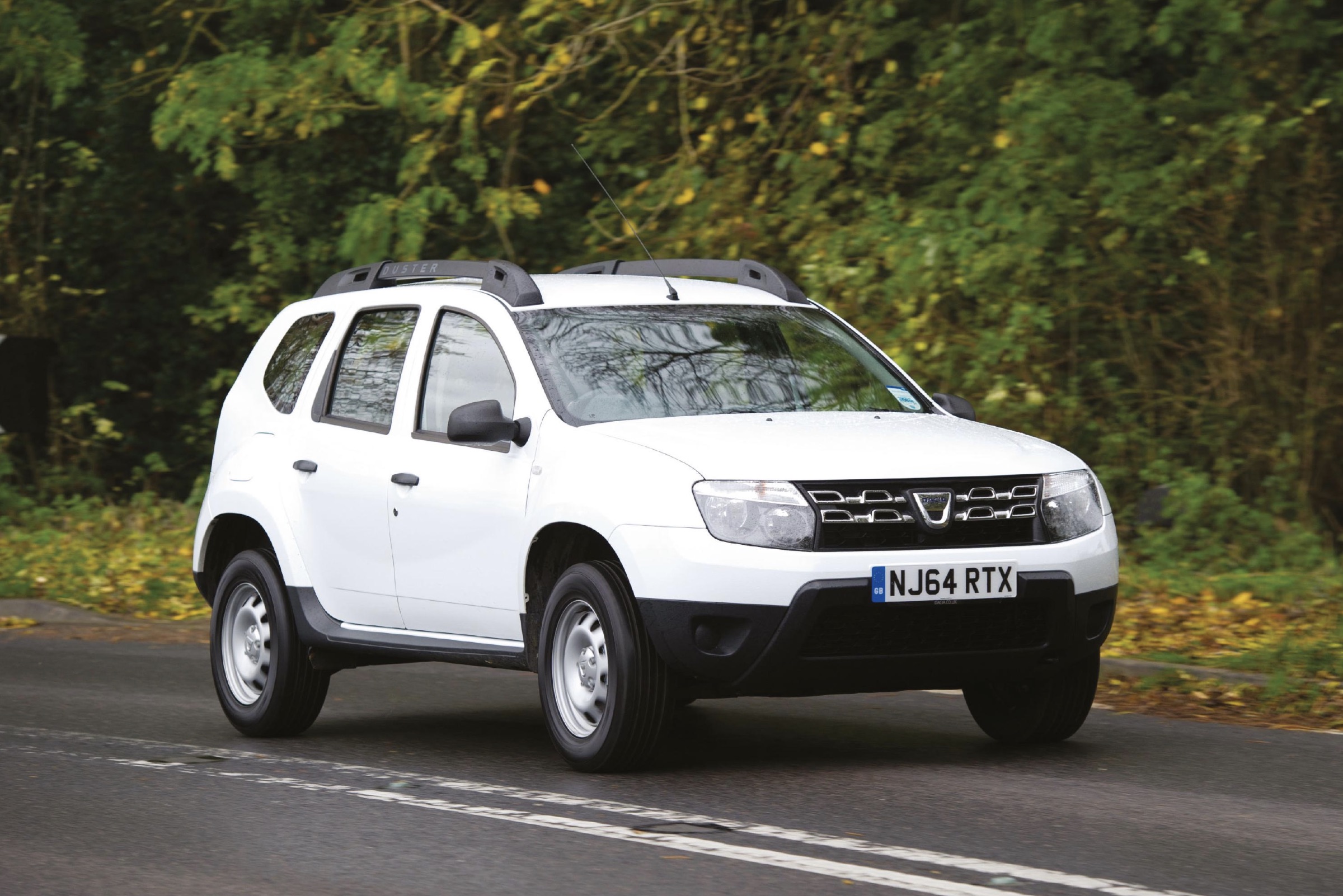






Green tyranny pricing the less well off off the roads